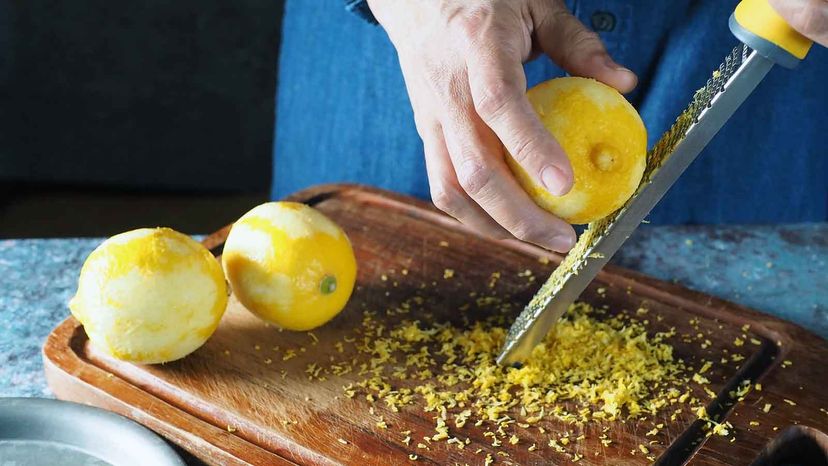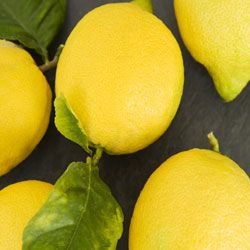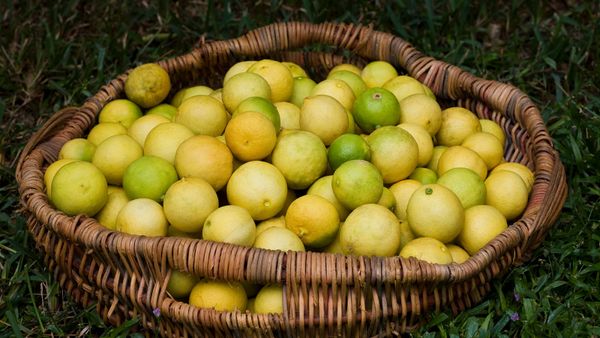
Lemon — or any citrus — can be zested. But what does that even mean? What is lemon zest and where do you get it? How is it used and why would one want to add citrus zest to a recipe in the first place? All of these are logical questions you might want to know if you're not so well-versed in the ways of lemon zest. Well good news. We have the answers.
Simply put, lemon zest is the finely shredded rind — or skin — of a citrus fruit, most commonly lemons, but you might also see recipes call for lime or orange zest, too. You can buy dried versions, but as with most things in cooking, nothing beats that punch of fresh ingredients. And it's super easy to scrape up (and dry) a pile of your own citrus zest.
Advertisement
Since many recipes — whether savory or sweet — call for a small amount of lemon zest, you can usually just use the rind of the fruit that's called for in your recipe. If there's no actual lemon in the recipe, then go ahead and zest one and save the fruit for another use.
Lemon zest is a common ingredient in lots of culinary creations, including desserts, drinks, salads and more. It contains essential oils that lend a bit of "zing" to the food or drink, but it can quickly become overpowering, so most chefs use the ingredient judiciously and sparingly.
Advertisement



